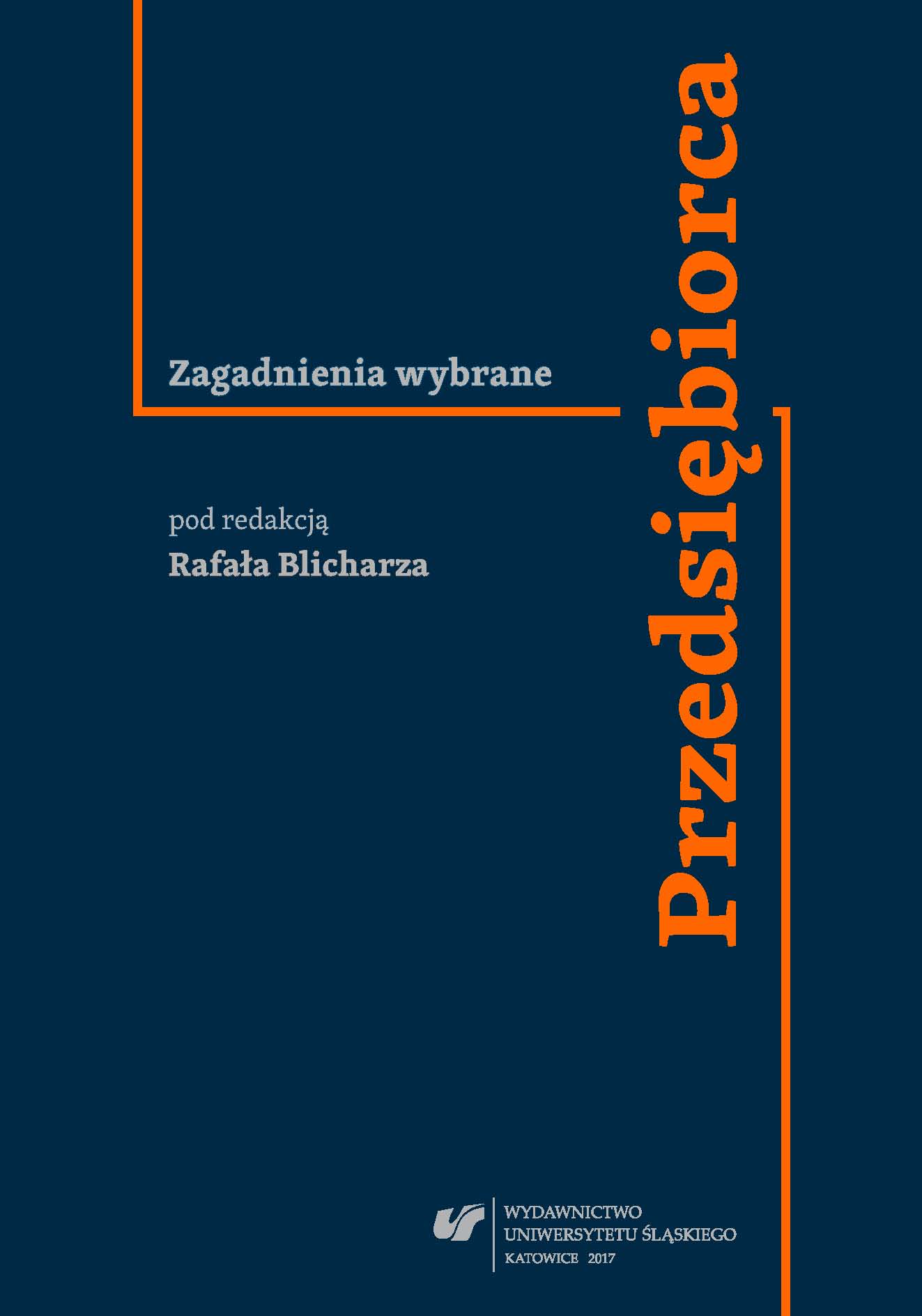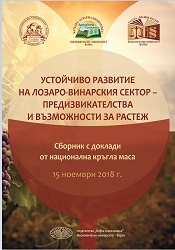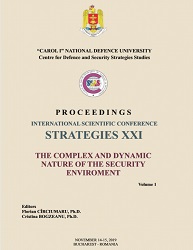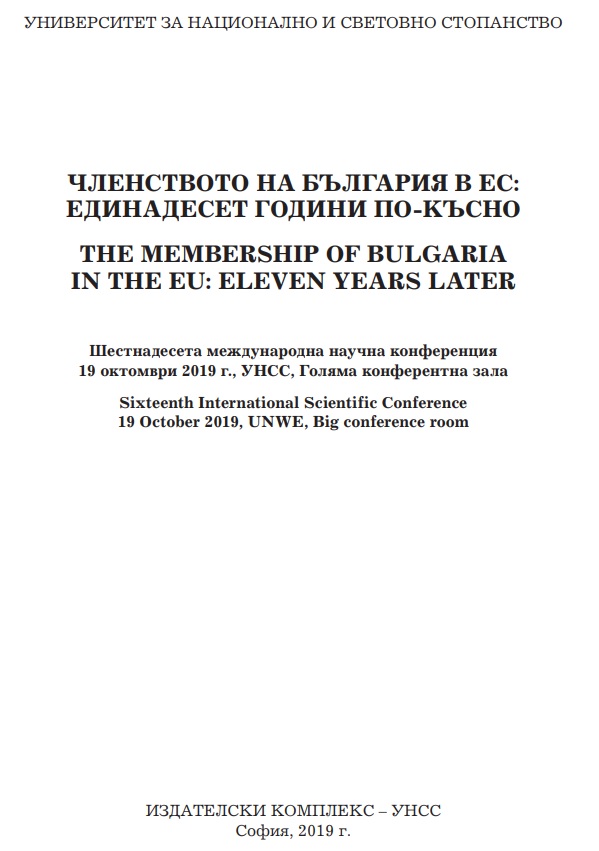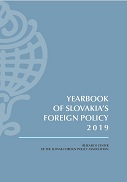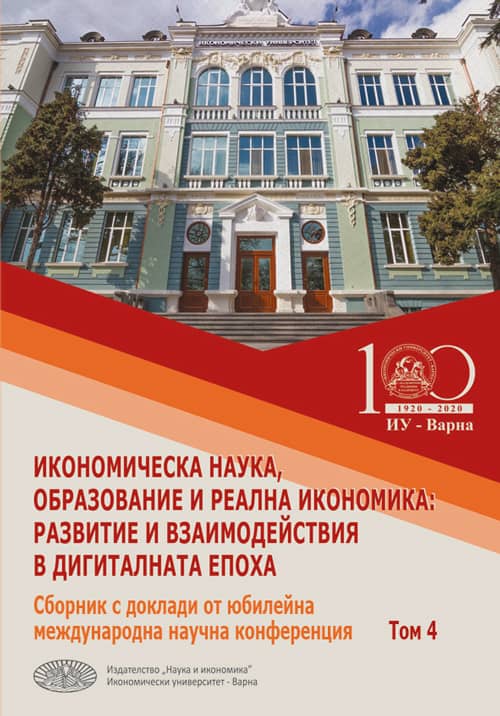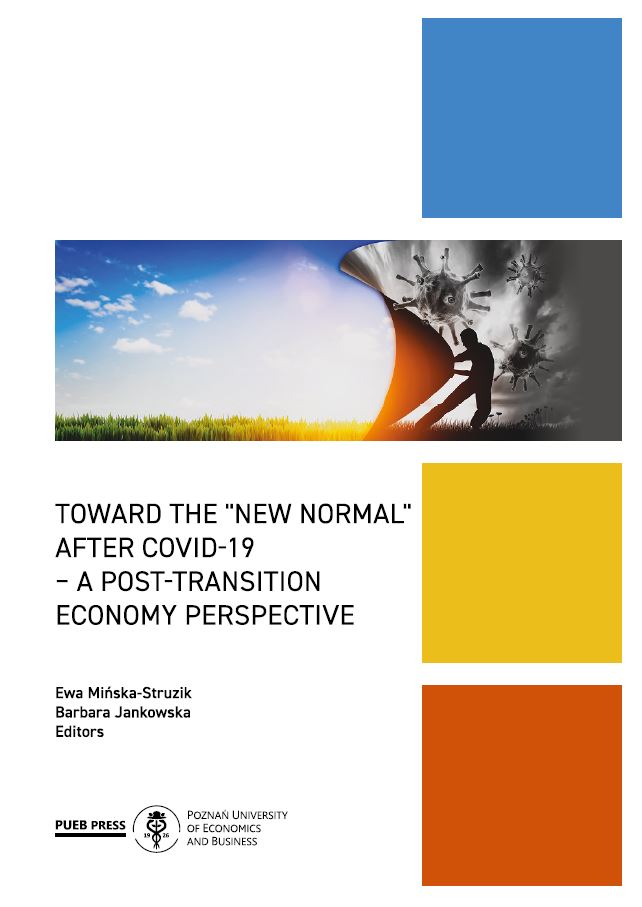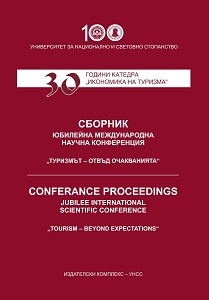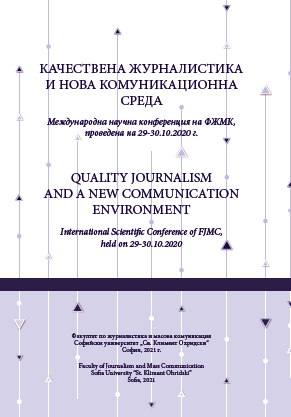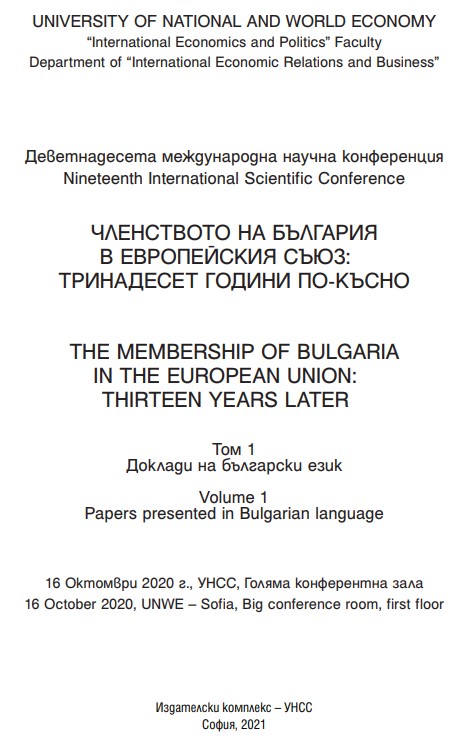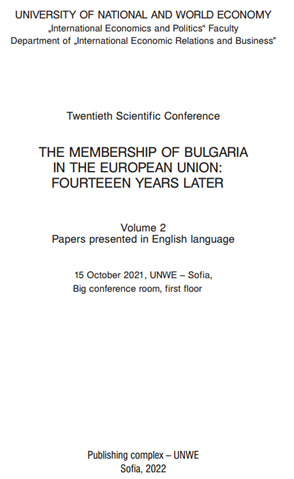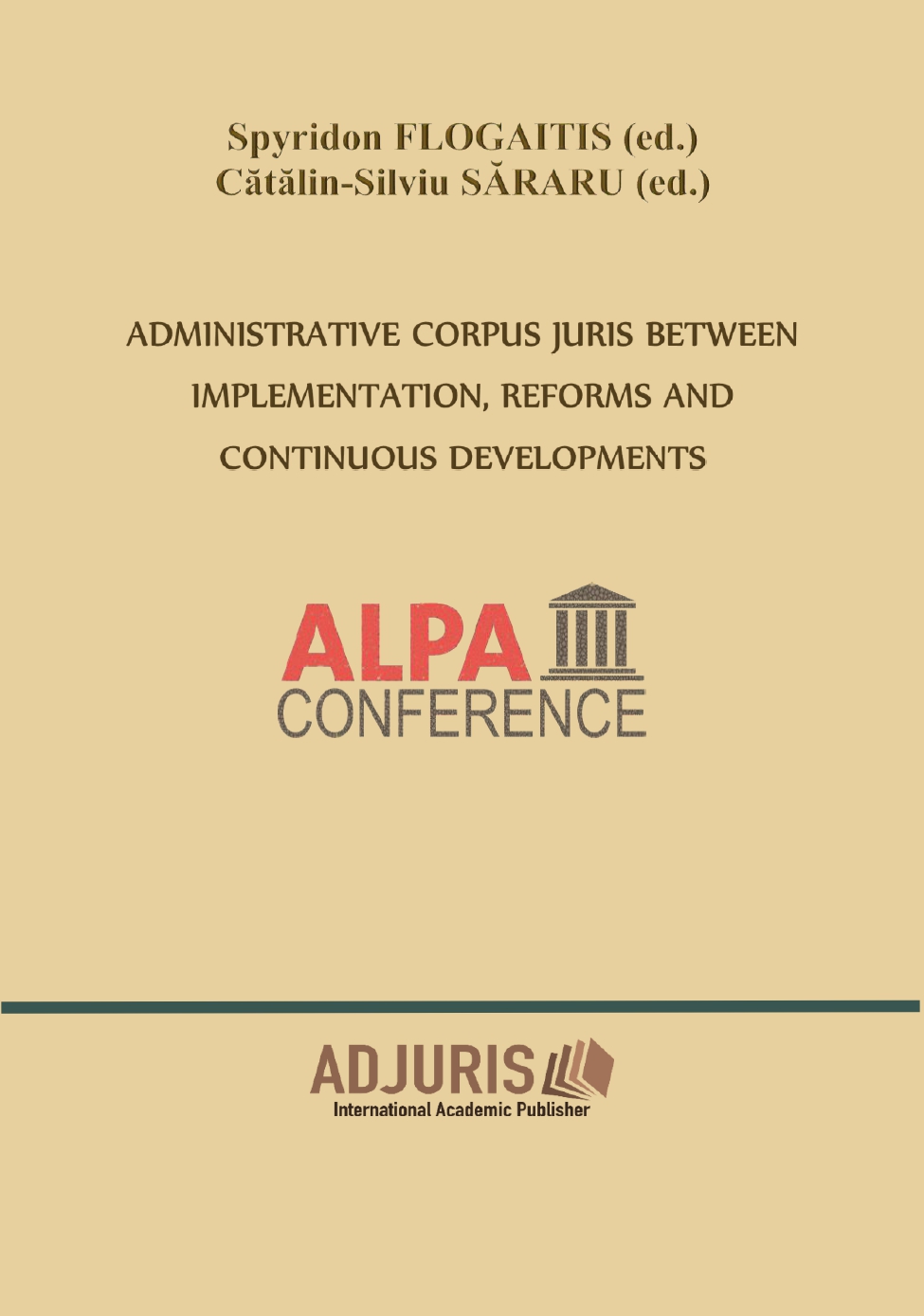
Cosmopolitan Outlook: Opening Doors and Letting Learn
Cosmopolitan Outlook: Opening Doors and Letting Learn
Keywords: Michael Peters; education; philosophy; politics; cosmopolitics;
In 1996, I simply could not find a PhD supervisor in my field of architecture and design at the University of Auckland. Nobody seemed able or willing to supervise a trans-disciplinary thesis located outside the then current disciplinary expertise, habits and fashions. My way of thinking, too, was that of an outsider (German/European, shot through with Māori perspectives adopted over a decade of marriage into Ngāti Porou). Eventually, someone referred me to Michael Peters, because he was well connected and perhaps able to suggest a potential supervisor. Following a series of meetings, Michael suggested that some of my core concerns fitted with those in education and philosophy and offered me supervision. We were both aware that our disciplinary backgrounds were very different: I knew I could not expect an understanding of what matters to designers from Michael. He, in turn, did not expect me to be a philosopher.
More...
